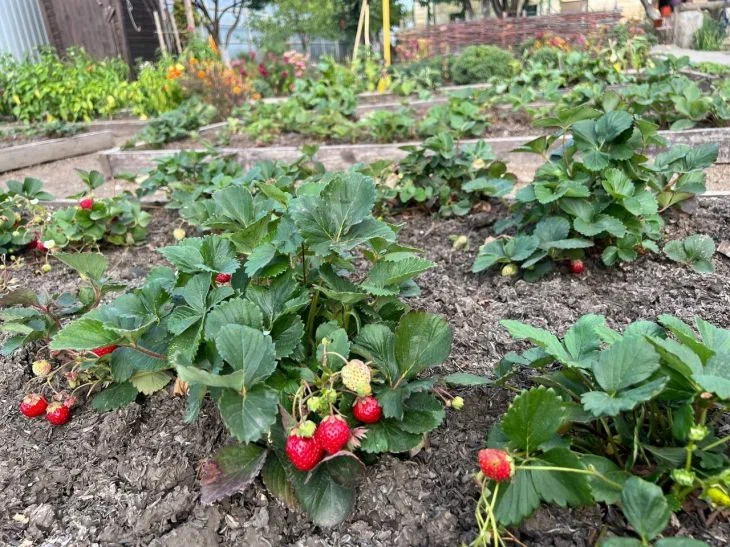"You need to sprinkle more ash - that's how our grandfathers did it!" - have you heard that? But did you know that blindly following "grandmother's" recipes can leave you without tomatoes and potatoes?
Here are some examples when it is better to put folk fertilizers aside if you do not know how to act correctly.
For example, eggshells, which are recommended as a source of calcium, are almost useless in their unprocessed form.

In order for calcium to be absorbed, the shells need to be baked in the oven, crushed into dust and only then mixed with the soil. Otherwise, you will simply decorate the beds with white crumbs, which, at best, will protect against slugs.
Coffee grounds are another popular myth. Yes, they loosen the soil and repel slugs, but too much of them makes the soil too acidic for most crops.
Carrots and beets are particularly susceptible to it. If you really want to use coffee, mix the grounds with ash or dolomite flour to neutralize the pH.
And never pour it under seedlings - young roots can “burn” from the concentration of nitrogen.
There are legends about yeast: they say that it accelerates growth and protects against diseases. This is partly true, but yeast fertilizers wash out potassium and calcium from the soil, which leads to brittle stems and rotten fruits.
If you water your plants with yeast, be sure to add ash or eggshells (the same ones, properly prepared!) to the soil.
Otherwise, instead of giant zucchini, you will get yellow leaves and empty flowers.
But banana peels are not a panacea, as many people think. Yes, they contain potassium, but simply burying the peels in the ground will attract flies and ants, and will not saturate the plants.
To obtain fertilizer, the peel must be dried, ground and added to compost. Or pour boiling water over it, let it sit for a day and water the roots with this infusion.
Only in this way will the beneficial substances become available to the roots.
